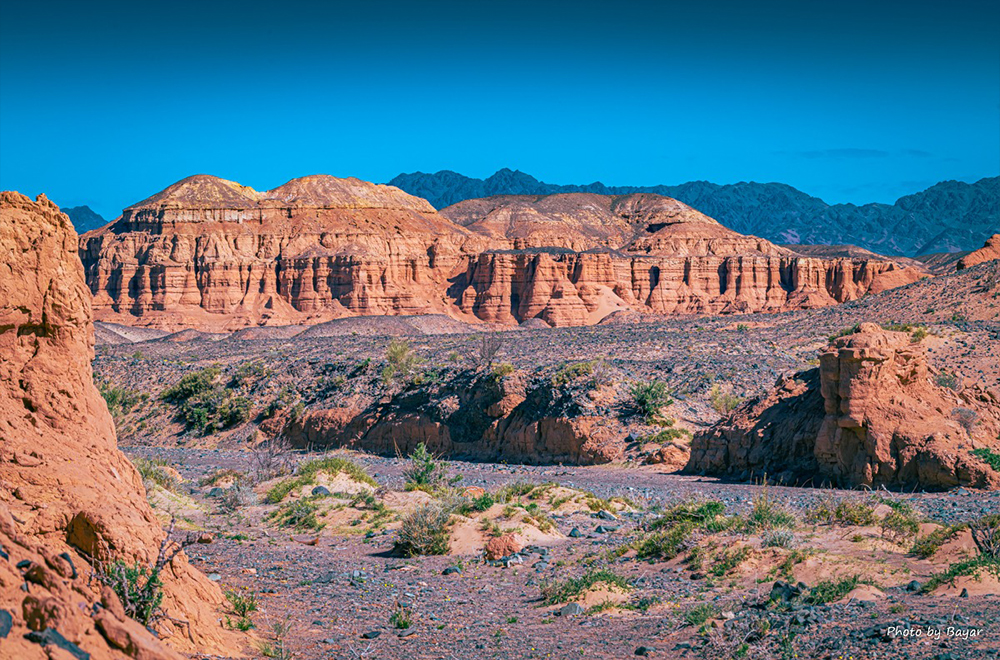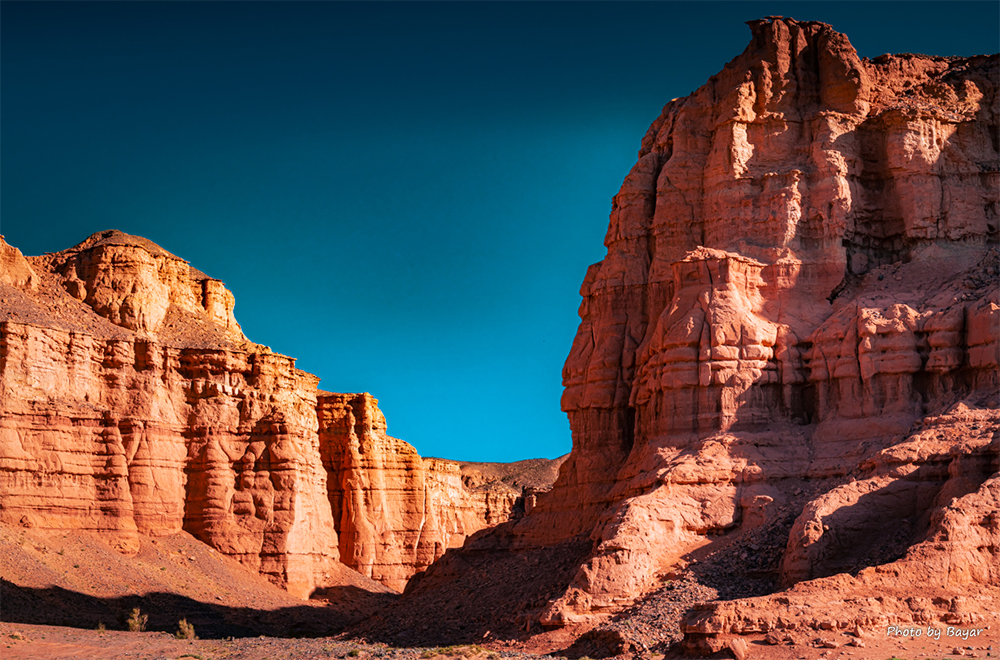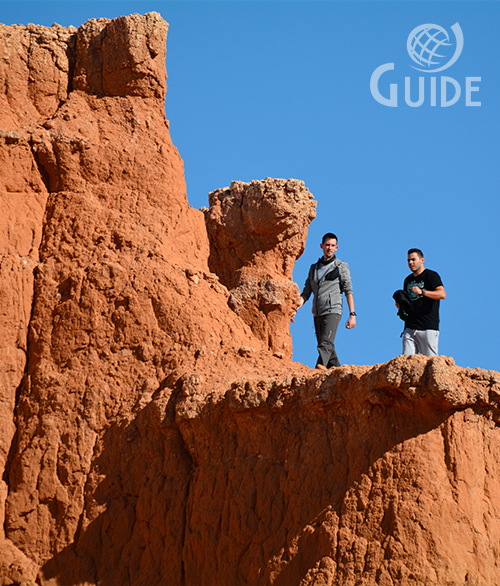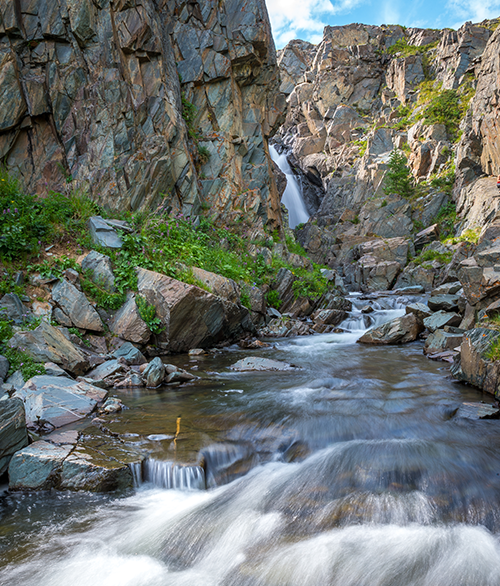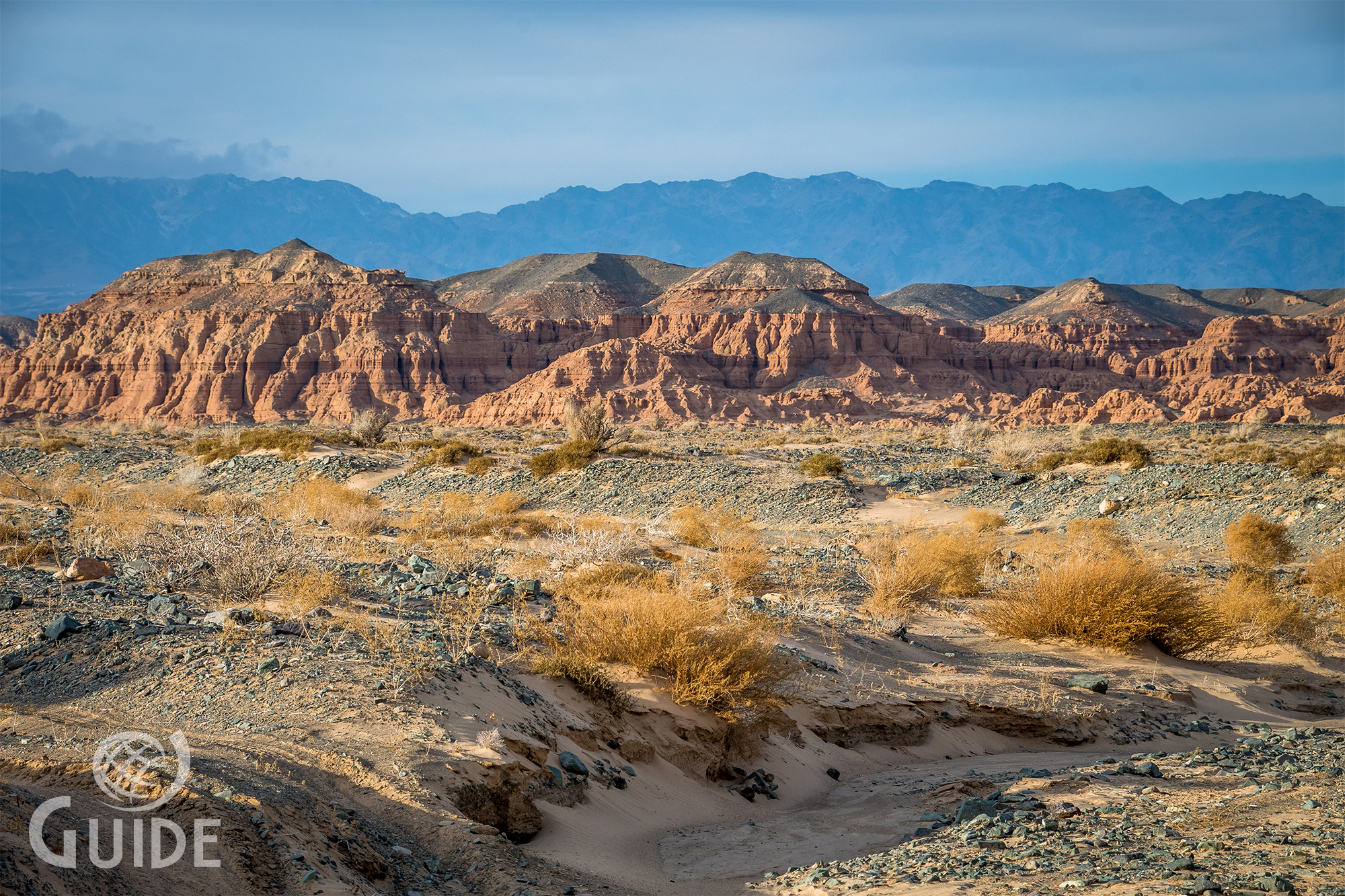
NEMEGT BASIN
In 1946, Soviet explorers discovered the basin of Nemegt, where they found the fossil bones of a huge dinosaur. Since that time the Nemegt Basin became a well-known place in the field of paleontology. Later, Mongolian-Soviet scientists found the bones of a giant herbivorous dinosaur there and immediately named that Nemegtsaurus. The dinosaurs several times larger than humans such as Giant Carnivorous Tarbosaurus and the Giant-clawed Deinocheirus were discovered in this place. Further, it was revealed that the giant carnivorous Tarbosaurus-Bataar, which was illegally sold to the United States and later brought back, was found in the Basin of Nemegt. Nowadays it is not only a place where international scientists come but also an important field for paleontological and scientific research. Scientists call the Nemegt Basin a "Dragons’ tomb site". Although the first layer has been explored and studied, it is believed that any artifacts could be found in the next deeper layers.
Looking from the top of the mountain plateau Nemegt basin can be seen as endless canyons. The canyon looks like a vast valley divided into three parts and reminds of a supernatural fairy tale world. Over time, the walls of the Nemegt Basin look like old houses with various windows and balconies. Dinosaur bones were kept hidden in those worn-out walls. World scientists were attracted magnetically because the dinosaur bones appeared protruding.
As there are no native trees and bushes and scarce vegetation in the Nemegt valley and Nemegt mountains, dust fog whirls up year around. It will give you the impression of being in the depths of the Gobi Desert. At present days, Nemegt valley’s landscape is defined as a similar surface to Mars. So, some space tourism project has started to implement for preparing tourists to space.


